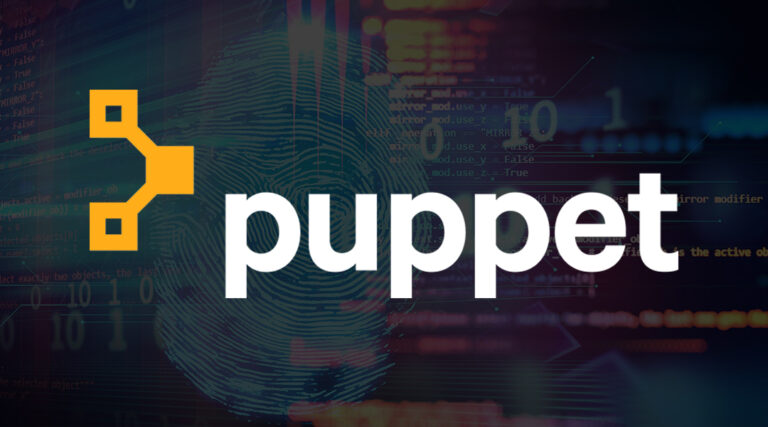
Puppet said it was becoming ever more agnostic about how customers do infrastructure automation as it shipped the latest rev of its Enterprise platform this week.
The vendor highlighted increased integration of its Bolt task runner in Puppet Enterprise 19.1, as well as broadened networking support.
Matt Waxman, Puppet’s VP of product, said the company did not want to force customers down a particular path as to how they manage their infrastructure. At the same time, he said, configuration management tools were being used beyond core infrastructure teams.
This meant being more open minded as to whether to use agents or not, declarative versus imperative approaches, and how teams chose to do ad hoc tasks.
“Puppet Enterprise now covers all of those different workflows,” said Waxman. “So, that is a fairly significant change in the way Puppet Enterprise has operated – to be more inclusive.”
This is reflected in the increasing integration of its agentless task runner Bolt into Puppet Enterprise. “Now within Puppet Enterprise you have Bolt tasks, and you have Bolt plans,” said Waxman.
Bolt also gets a YAML interface. “Bolt already supported the Puppet Language,” said Waxman. “What we’re seeing is because more groups are looking to do automation, folks like app development teams are using Bolt, and for them having a YAML interface is closer to what they’re used to.”
Waxman said it had also expanded Puppet Enterprise’ network automation capabilities, with agentless support for Cisco NX-OS and Cisco IOS. “For most network switches an agent isn’t really practical. You can’t run an agent within their OS,” said Waxman. “The big turn here was to go agentless with the network devices.”
As cloud native grabs the attention of enterprises, some observers have suggested that traditional automation vendors face a challenge.
Waxman said this was not the case. “The thing we see for customers is Kubernetes is not simple. Setting up Kubernetes, setting up more importantly all the things around it, your monitoring observability, the rest of your analytics, they’re still infrastructure. They’re pieces of software that need to be orchestrated together.”
He said that Puppet had kicked off its own open source initiative in this space, Lyra: “It’s solving the problems we’ve solved traditionally. How do you remove the soul crushing work administrators have to do.”
“Over time there will be more of that administrative work to manage your cloud native environment. We will continue to help eliminate that manual work, regardless of the tech stack.”
